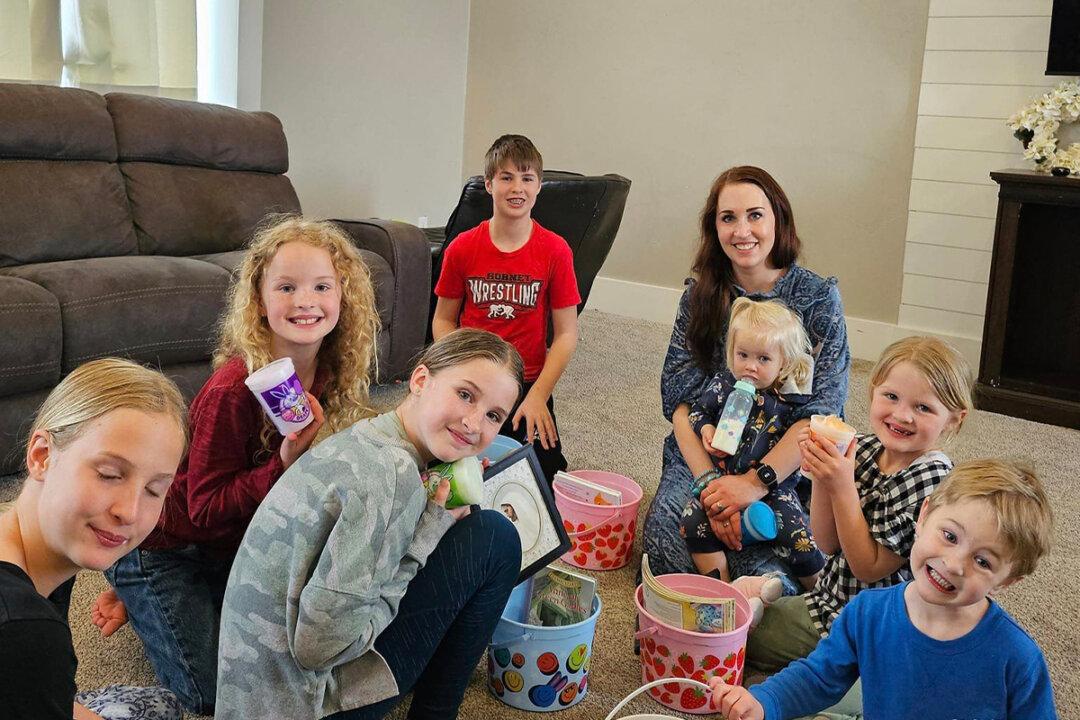A dad of seven devised a genius approach to limit screen time after noticing troubling signs in his kids.
Forty-one-year-old Richard Wadsworth is a trained psychiatrist who lives with his wife, five daughters, and two sons in Idaho.

A dad of seven devised a genius approach to limit screen time after noticing troubling signs in his kids.
Forty-one-year-old Richard Wadsworth is a trained psychiatrist who lives with his wife, five daughters, and two sons in Idaho.